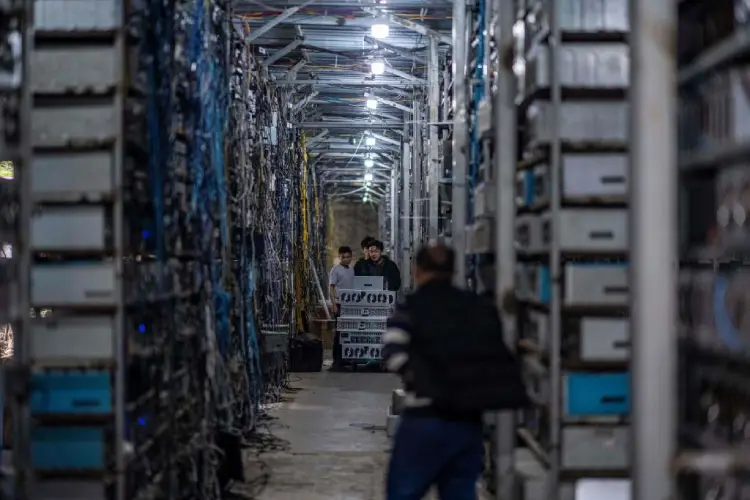
As inflation continues to rise across the global economy, the tech and IT industries are confronting the outsize burden they have to shoulder from soaring energy bills. Indeed, the cost of powering up computers and data centres on a network operator’s budget in normal times is heavy enough, with a recent survey finding that it can consume up to 40% of its total operational expenditure.
As such, CIOs across the tech and IT sectors are looking for quick and easy fixes to reduce that burden while preserving the integrity of their overall operations. The solutions, however, are not straightforward. Tactics include everything from making company websites lighter and using virtual servers, to redesigning data centres to make them more energy efficient. Others, meanwhile, argue that the current energy crisis provides an opportunity for the industry to finally start taking the green agenda seriously.

Data centres hold the key to reducing energy bills
More than a quarter of UK businesses have seen their energy costs increase over the past year, compared with the global average of 20%, according to a report published by Grant Thornton last month. A survey of 1,000 small business owners also found that almost half of small businesses will be forced to raise their prices by the end of the year to soften the blow of rising energy costs. One data centre provider based in Stevenage that works with organisations across the country is starting to feel the pinch.
“Our energy costs are increasing massively,” says Adam Bradshaw, commercial director at ServerChoice. “In our sector, both us and our peers are reporting anywhere from a 100% to 500% increase in power costs, and we’re somewhere in the middle of that.” The situation has forced the company to re-negotiate terms with energy suppliers and implement innovative airflow management systems to cut costs.
Perhaps unsurprisingly, data storage and management operations are one of the biggest consumers of energy for any medium to large organisation. Since the pandemic, the use of data centres has skyrocketed, as has the sheer energy required to power them. According to a paper published by researchers from the University of Twente, the amount of electricity required by data centres by the end of this decade will reach a total of 219 terawatt-hours (TWh.) By comparison, the total consumption from all electricity suppliers in the UK last year totalled 335TWh.
One of the best ways to slash electricity costs for data centres is to integrate energy efficiency into their design from the very beginning. “The layout of a data centre directly affects power usage,” says Mike Heaps, property director at InTechnology. “Essentially, the more efficiently you can cool the hot air created by the servers, the less power you will consume.”
According to Heaps, using free-air cooling systems in a data centre can also help to save a significant amount of energy. He added that the ambient air in the UK makes it possible to do this for more than 300 days a year. The use of virtualisation, or running physical servers on a virtual environment, can also go a long way towards reducing costs. “Typically, ten physical servers can be reduced to one physical server running ten virtual machines,” says Heaps.
Seizing green opportunities from the energy crisis
Outsourcing data management operations can also provide immediate and practical benefits by reducing capital costs and operational expenditure for maintaining and replacing major items of equipment. Bradshaw also claims that CIOs are starting to move their data towards local data centres.
“A lot of CIOs we’re working with are starting to repatriate data they put into the cloud a few years ago due to cloud sprawl [and] issues around data sovereignty,” says Bradshaw. What’s more, he adds, “they’re putting it into a data centre that’s designed to be energy efficient".
Implementing all these changes can take a considerable amount of time. One quick win for companies to tackle soaring energy bills is to increase the energy efficiency of their own company websites. Shane Herath, founder of the Eco-Friendly Web Alliance, says that loading one page of a website uses approximately two grams of CO2, and with 5,000 monthly visits to a website, this would equate to roughly 100kg of CO2.
“Basically, it’s about making your website lighter and reducing the packet size of that data transfer when users visit your website,” he says. “By reducing this, you end up using much less energy, particularly from the server side of things.”
Herath also argues that the current energy crisis provides an opportunity for the tech and IT industry to start taking carbon reduction strategies seriously, while tackling the soaring cost of energy.
“We need to start thinking outside the box,” he says. “It’s clear we can reduce energy bills while driving forward the green agenda at the same time.”
Tech Monitor is hosting the Tech Leaders Club on 15 September. Find out more on NSMG.live






